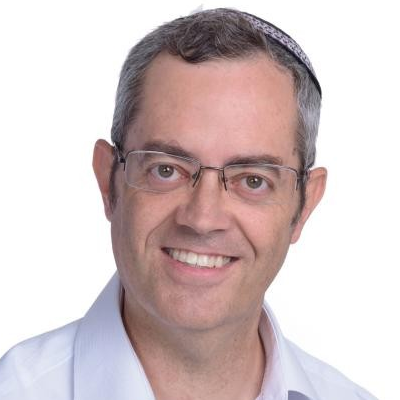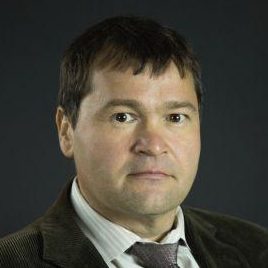Advances of Biomedical Optics—The 15th International Conference on Laser Applications in Life Sciences (LALS 2018)
A special issue of Applied Sciences (ISSN 2076-3417). This special issue belongs to the section "Optics and Lasers".
Deadline for manuscript submissions: closed (28 February 2019) | Viewed by 14311
Special Issue Editors
Interests: super resolution; bio-photonics; electro-optical nano devices; silicon photonics
Special Issues, Collections and Topics in MDPI journals
Interests: fluorescence lifetime and anisotropy decay; fluorescence lifetime imaging; biological imaging based on fluorescence parameters; light–tissue interaction
Special Issues, Collections and Topics in MDPI journals
Special Issue Information
Dear Colleagues,
Lasers play a major role in life science research, as well as in various industrial applications and devices. Following the International Conference on Laser Applications in Life Sciences (LALS) 2018 (https://orelcrfi.wixsite.com/laser), which will be held during November 18–20, in Bar Ilan University, Ramat Gan, Israel, we will organize a Special Issue, soliciting submission of papers dealing with the applicability and the integration of lasers in biomedical optics and imaging, spectroscopy, therapy and bio-photonic sensing and, more specifically, in the topic specified below:
- Fundamentals, hybridization and future approaches:
- Laser tissue interaction
- Emerging technologies and applications
- Optical Coherence Tomography
- Photo-acoustics
- Sensing:
- Biomedical imaging and sensors
- Laser spectroscopy, microscopy and nanoscopy
- Nonlinear Imaging and Multiphoton Microscopy
- Cytometry and High Content Screening
- Treatment:
- Laser therapy and devices for: Photo-thermal, Photodynamic and Low laser level therapy
- Laser acoustics remote treatment and visualization
- Opto- and thermo-genetics: Controlling the brain with light
- Towards nanomedical treatment: usage of nanoparticles, nanoplasmonics and teranostics
Prof. Dr. Zeev Zalevsky
Prof. Dr. Dror Fixler
Prof. Dr. Kirill Larin
Guest Editors
Manuscript Submission Information
Manuscripts should be submitted online at www.mdpi.com by registering and logging in to this website. Once you are registered, click here to go to the submission form. Manuscripts can be submitted until the deadline. All submissions that pass pre-check are peer-reviewed. Accepted papers will be published continuously in the journal (as soon as accepted) and will be listed together on the special issue website. Research articles, review articles as well as short communications are invited. For planned papers, a title and short abstract (about 100 words) can be sent to the Editorial Office for announcement on this website.
Submitted manuscripts should not have been published previously, nor be under consideration for publication elsewhere (except conference proceedings papers). All manuscripts are thoroughly refereed through a single-blind peer-review process. A guide for authors and other relevant information for submission of manuscripts is available on the Instructions for Authors page. Applied Sciences is an international peer-reviewed open access semimonthly journal published by MDPI.
Please visit the Instructions for Authors page before submitting a manuscript. The Article Processing Charge (APC) for publication in this open access journal is 2400 CHF (Swiss Francs). Submitted papers should be well formatted and use good English. Authors may use MDPI's English editing service prior to publication or during author revisions.
Keywords
- Laser tissue interaction
- Emerging technologies and applications
- Photo-acoustics
- Optical Coherence Tomography
- Biomedical imaging and sensors
- Laser spectroscopy, microscopy and nanoscopy
- Nonlinear Imaging and Multiphoton Microscopy
- Cytometry and High Content Screening
- Laser therapy and devices
- Photo-thermal, Photodynamic and Low laser level therapy
- Laser acoustics remote treatment and visualization
- Opto- and thermo-genetics
- Nanoparticles in nanomedicine
- Nanoplasmonics in nanomedicine
- Teranostics







